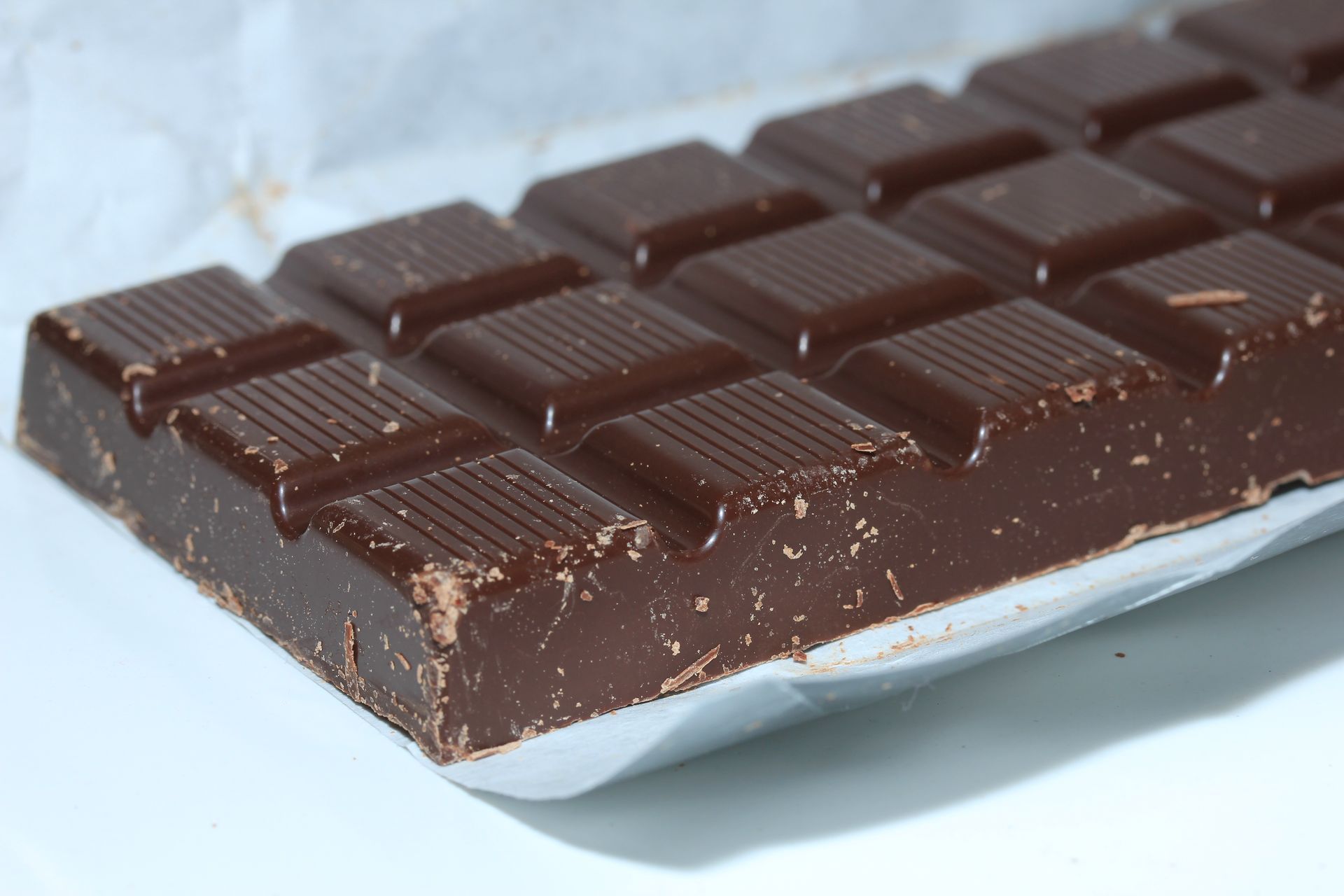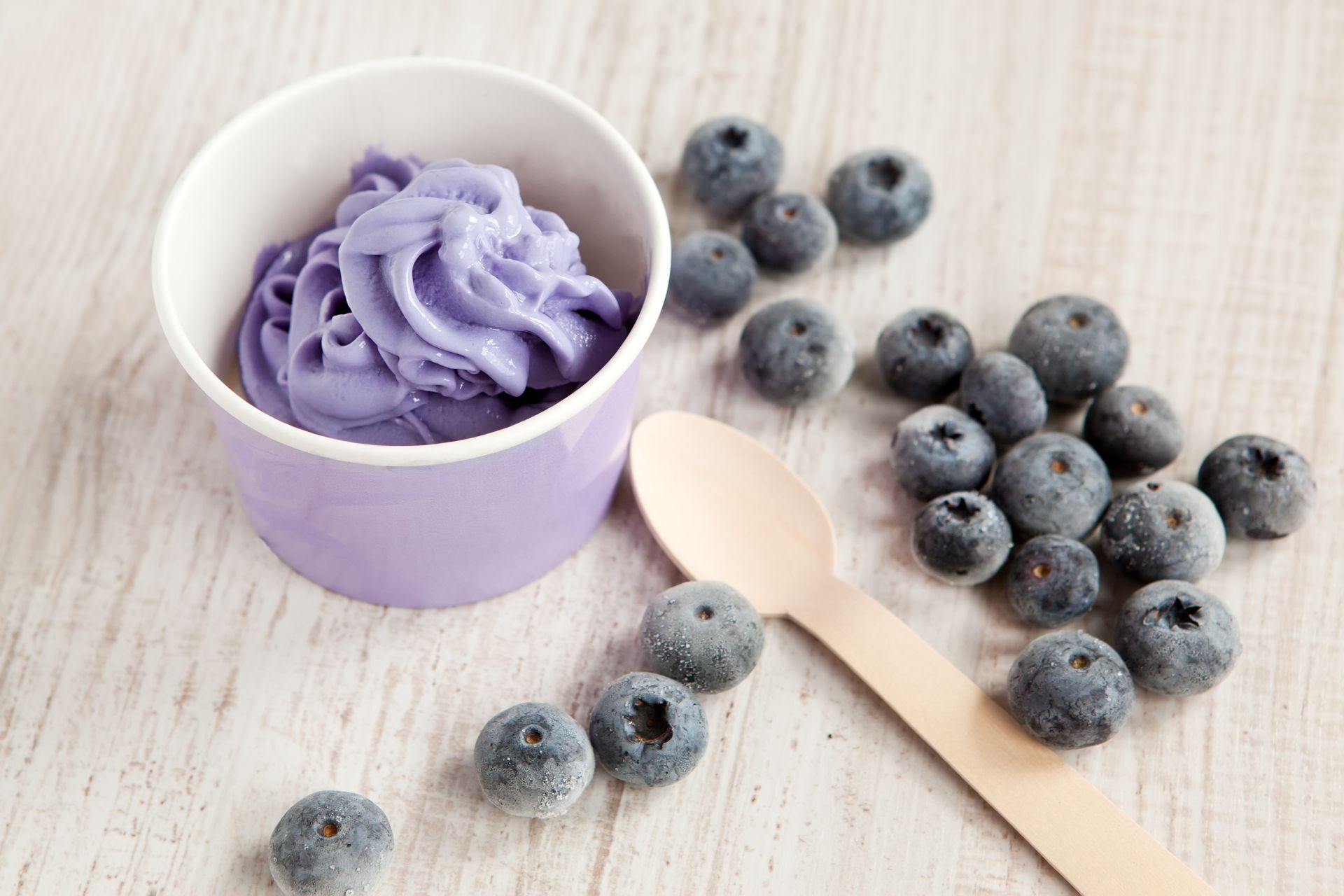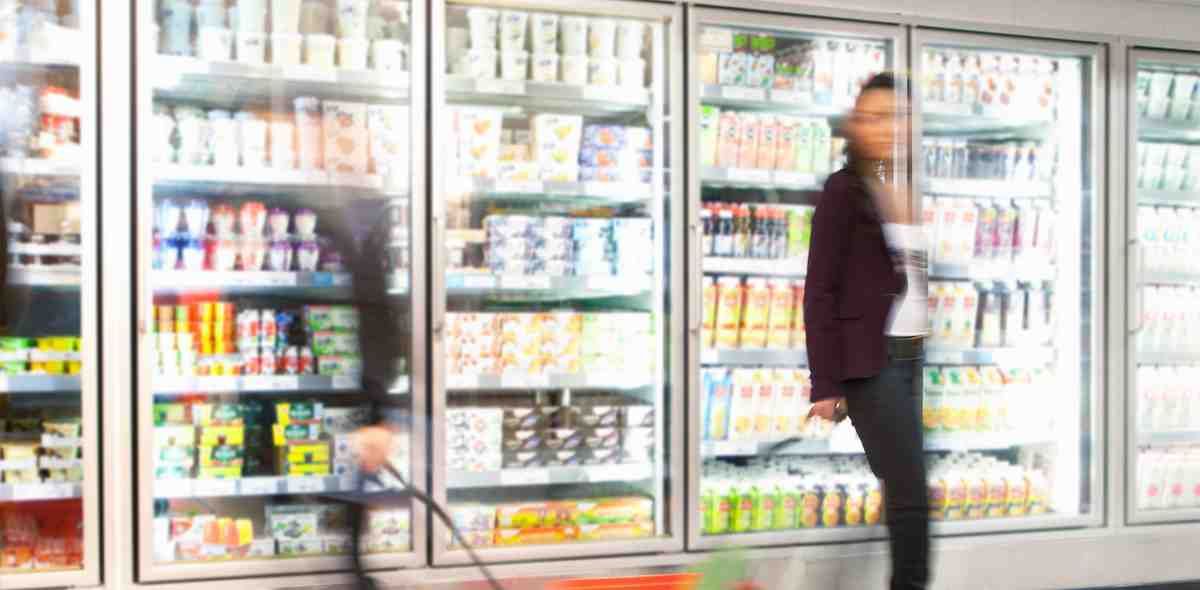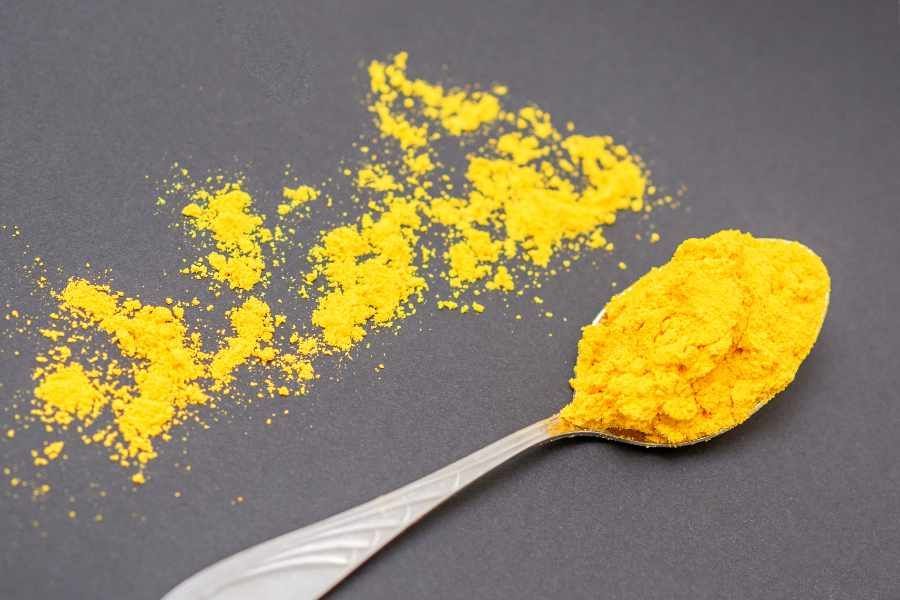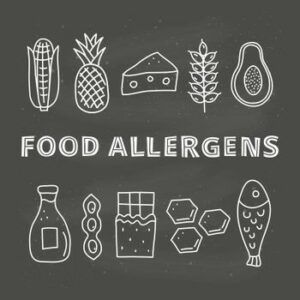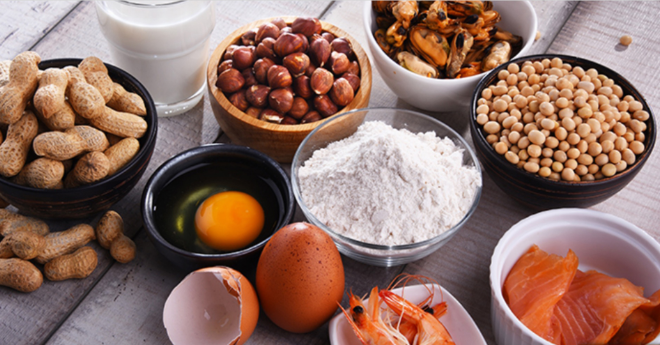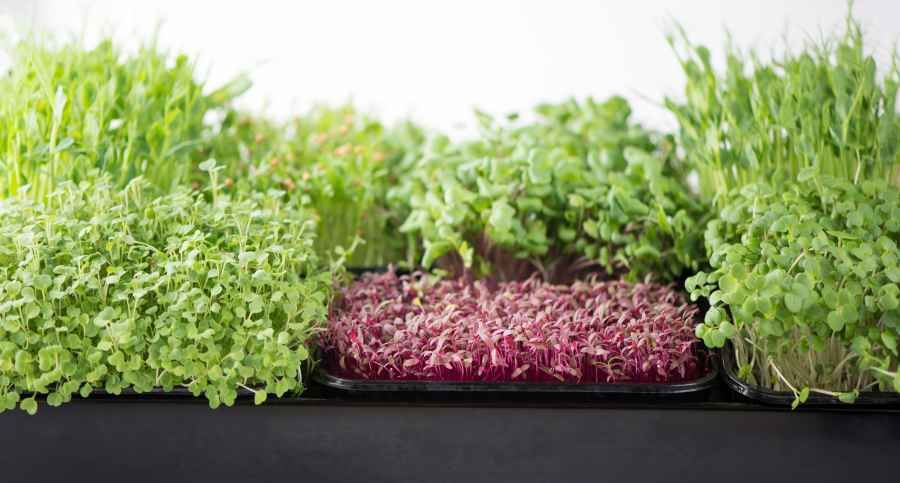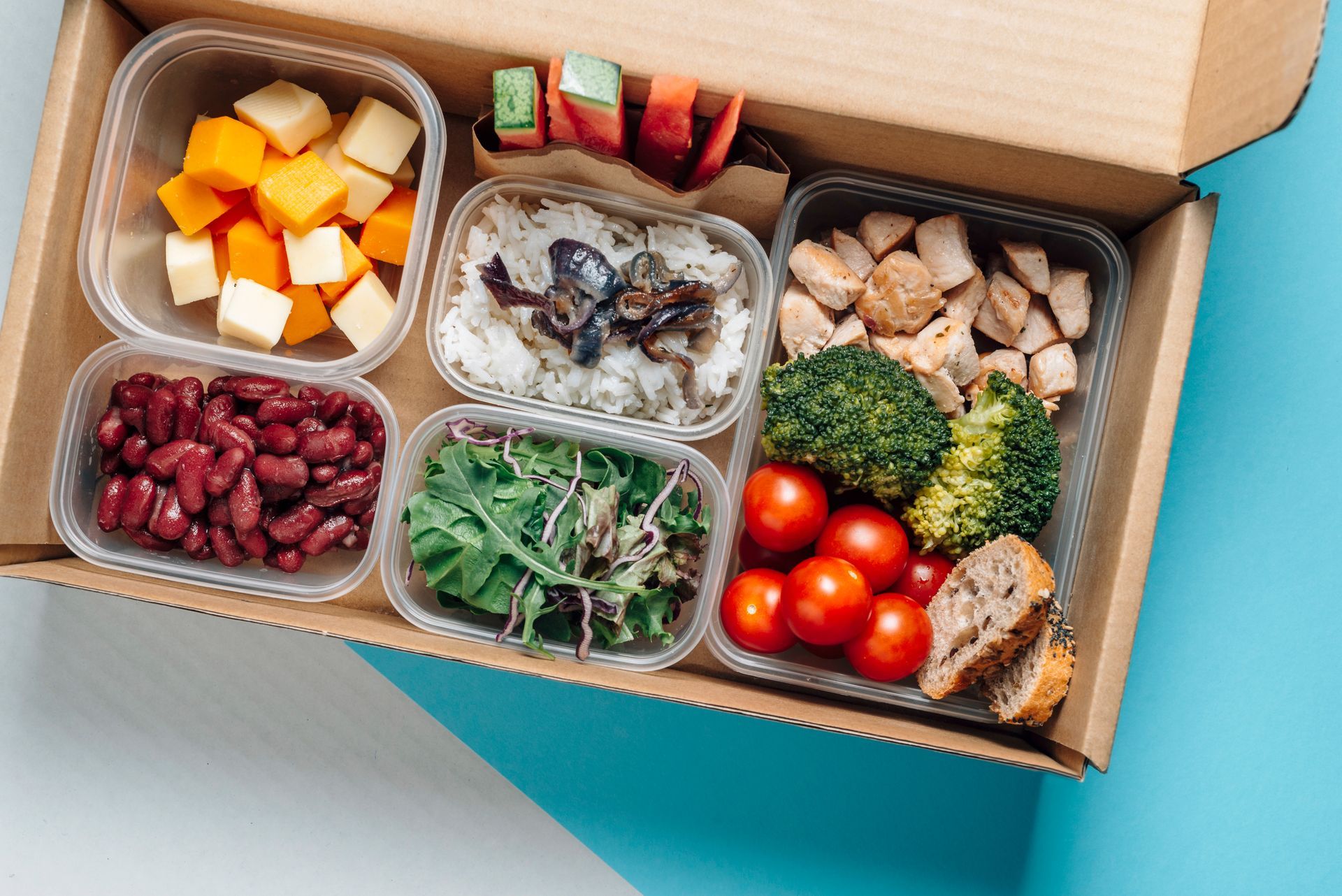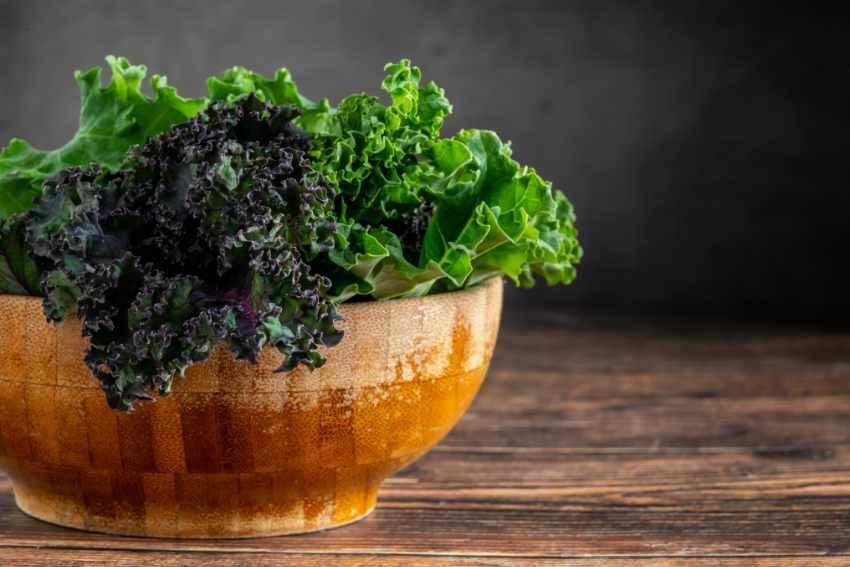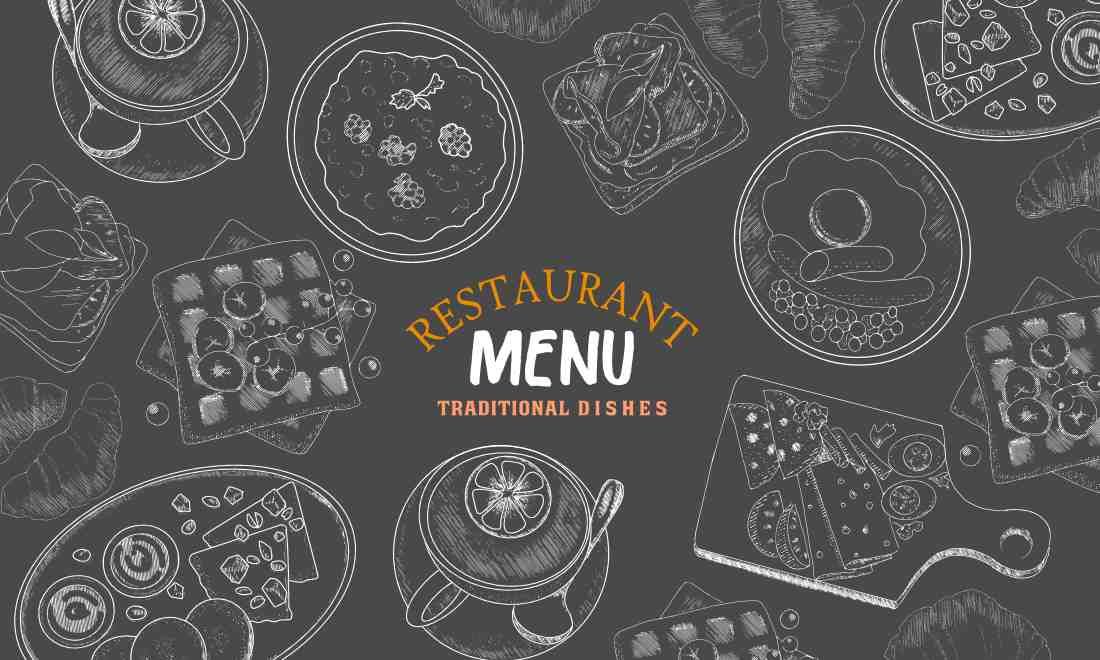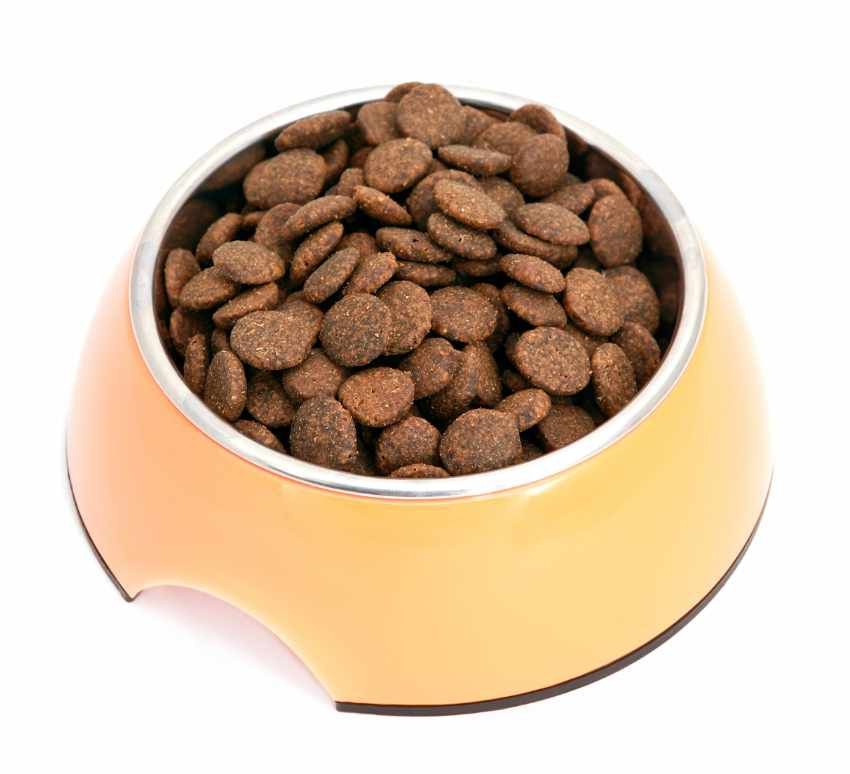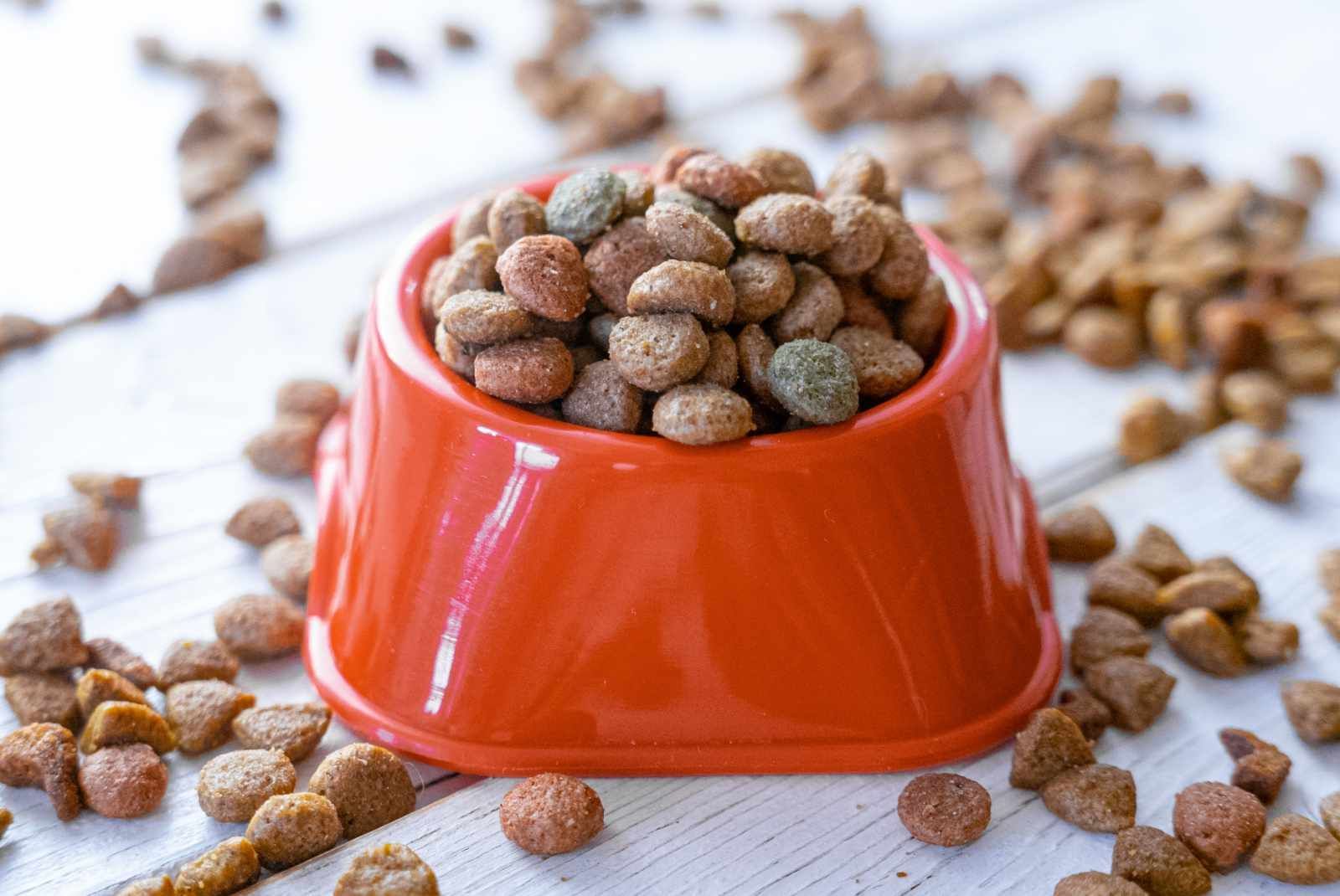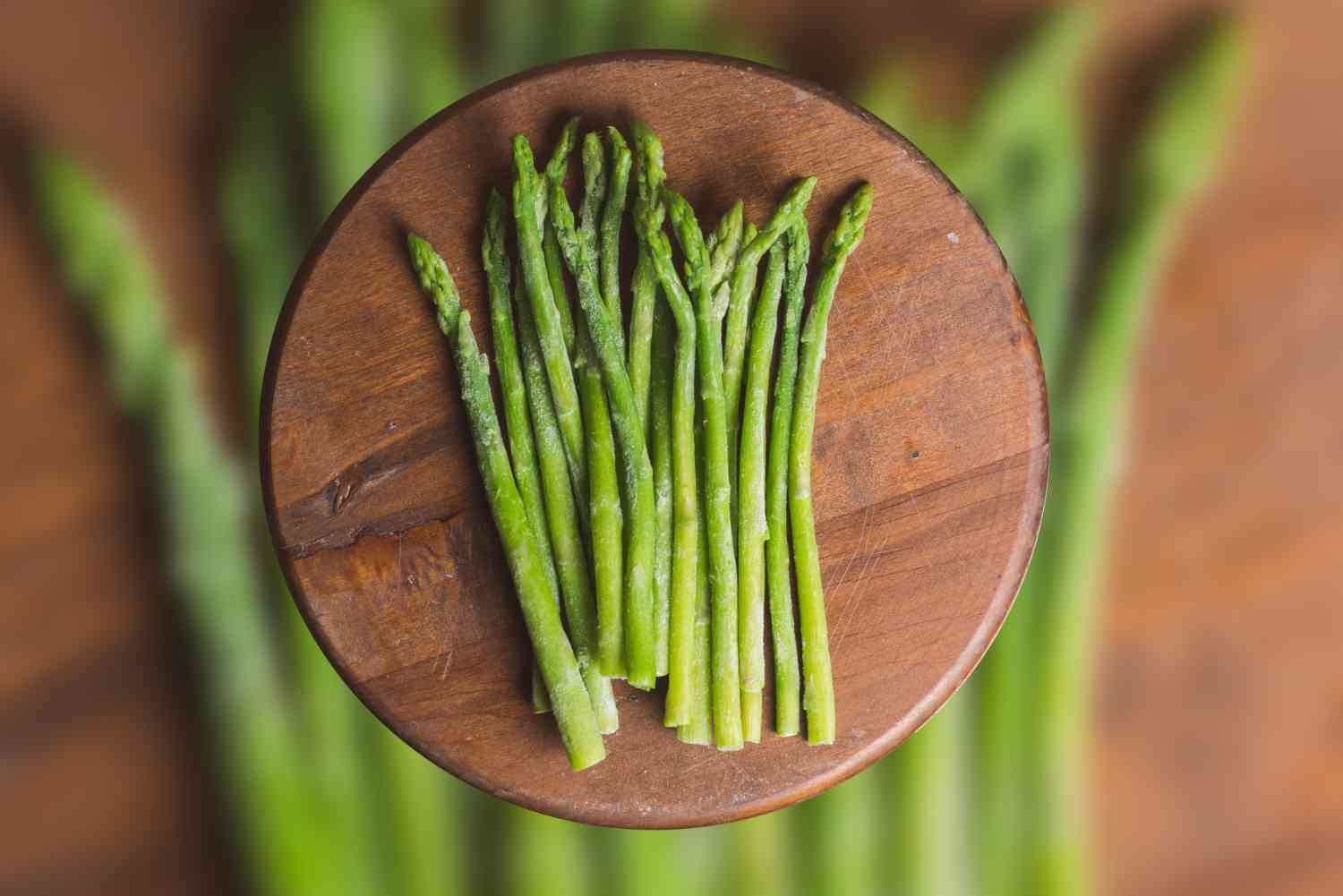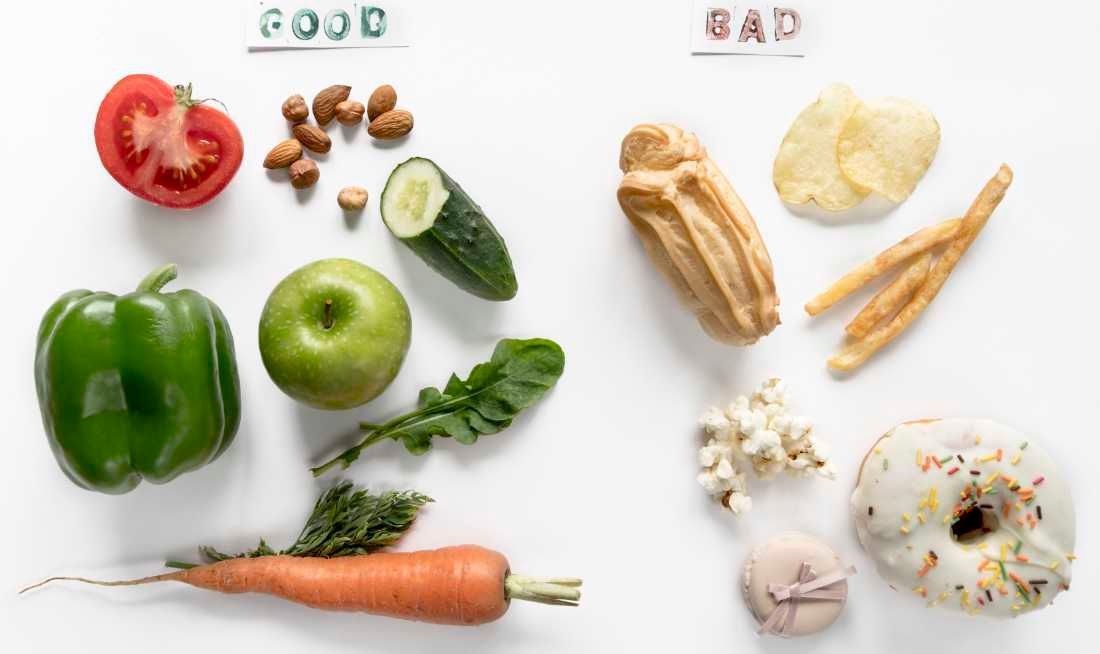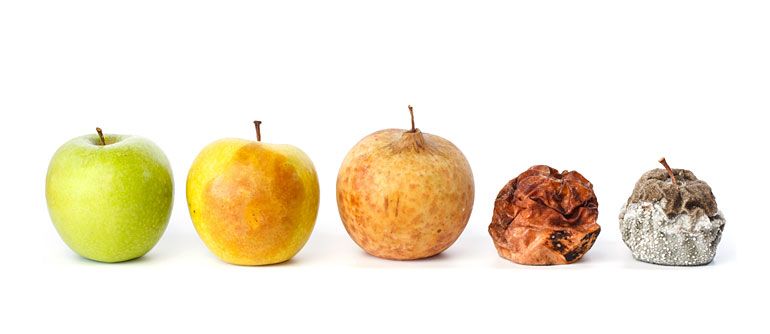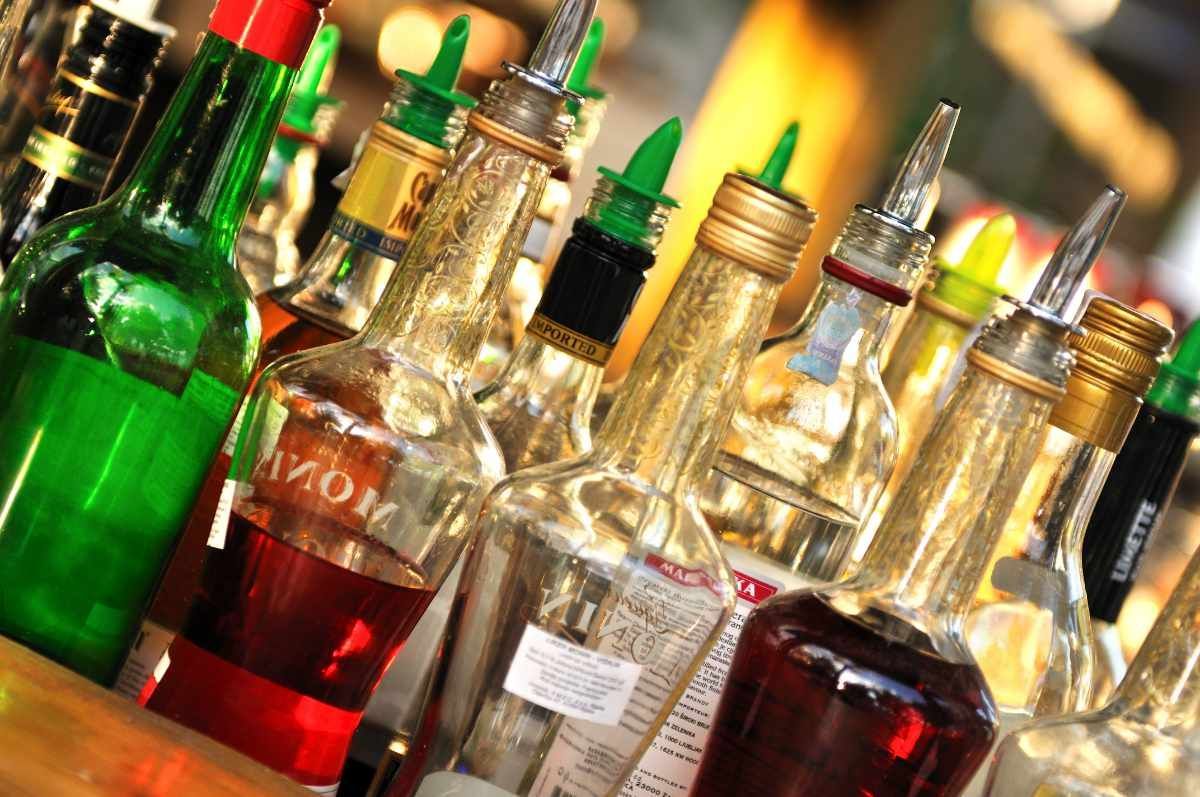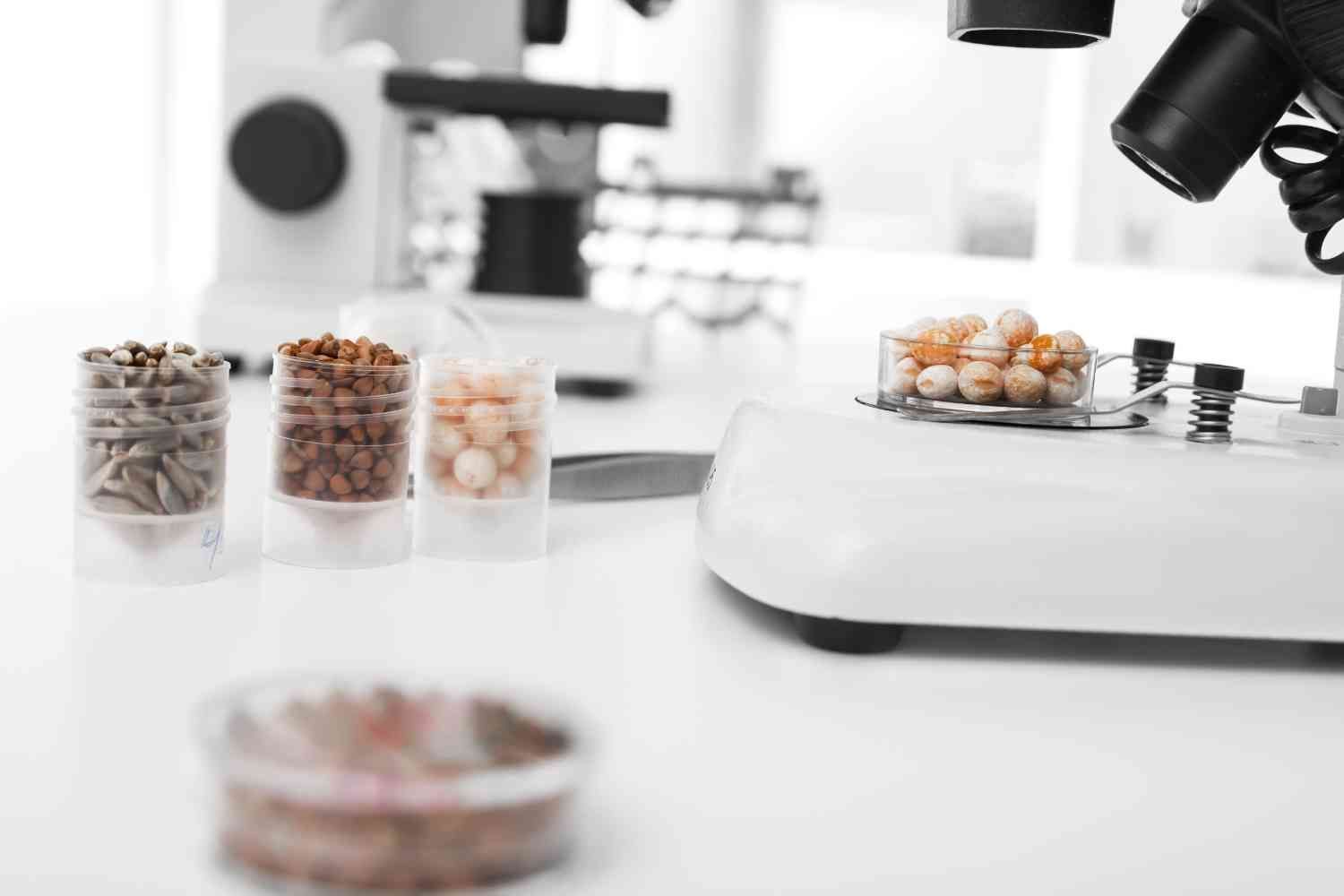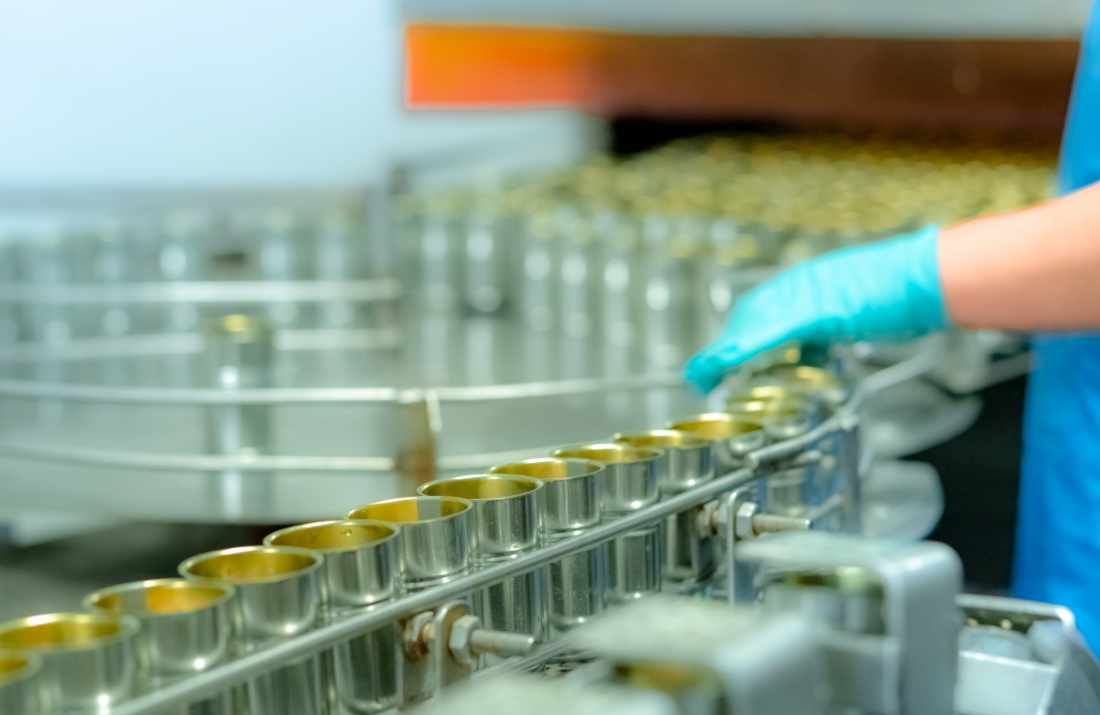 NUTRITION LABELS
NUTRITION LABELS
Because of their complex nature, these foods commonly require laboratory analysis:
- Fermented products, such as beer or wine
- Complex recipes that may be brined or marinated, such as a beef jerky
- Brewed products, such as coffee or tea
Please contact us to discuss your food product. We can determine if your product will need laboratory testing.
No. This service is for nutrition labels made using data-based analysis– no food samples will need to be sent to a lab for this service. Most food recipes can be analyzed through our data-based software. Data-based software analysis costs much less and is less time consuming compared to lab analysis; however, lab testing is necessary in some cases (for more information, see “How do I know if I will need laboratory analysis to order a Nutrition label?”).
For all processed foods used in your recipe, you will need to provide a copy of the nutrition facts label, ingredient statement, and allergen statement. This will ensure that your analysis is accurate and that the final nutritional information reflects the nutritional value imparted by each of your particular ingredients, since we will load the specific nutritional information from the your recipe’s processed foods into our nutritional analysis software. In addition, FDA labeling requirements mandate that we list your final ingredient statement in descending order by percent weight; this is only possible if we have access to the ingredient statement of each of your individual ingredients.
Please note that “processed foods” includes almost every food apart from raw produce, pure meat, water, and some pure ingredients such as salt, pure oils, etc. When submitting your recipe, please check the labels of every ingredient you use. Even some foods that might not be considered “processed” may have additional ingredients that will need to be listed in your final label (e.g., sliced apples, which may have added contain ascorbic acid). Additionally, many ingredients that are often considered basic or pure may actually have sub-ingredients. Some examples include brown sugar (ingredients: sugar and molasses), all-purpose flour (which contains several added vitamins and minerals), or vinegar (ingredients: vinegar, water).
You will need to provide us with:
- Your recipe, including a complete list of ingredients and sub-ingredients with the amount of each ingredient and sub-ingredient in grams, ounces, percentages, or Household Measurements (for example, ½ cup white sugar, 60g water, etc.)
- A copy of the Nutrition Facts Label, Ingredient Statement, and Allergen Statement of any processed food ingredient (for example, enriched flours, canned tomatoes, etc.)
- The number of servings per recipe, the Serving Size in grams or ounces (for food) or milliliters (for beverages and liquids), and the number of Servings per Container (don’t worry – if you don’t know what these amounts should be, we can help you determine the correct amounts)
- For cooked or baked foods: the percent moisture lost during cooking, or the weight of your product before and after cooking (for more details, refer to “How do I determine the percent of moisture in my finished product lost during cooking or baking?”)
To determine the percent moisture lost, begin by performing the following steps:
- First, weigh your product before cooking and record this weight.
- After cooking, weigh the product again. Record this weight as well.
- Lastly, subtract the weight of the cooked product (from step 2) from the weight of the product before cooking (from step 1). This will give you the amount of moisture lost during cooking.
For example, if you have 18g of dough before baking and the final weight of the product after baking is 13g, your moisture loss is18g-13g=5g.
To convert the amount of moisture lost to the percent of moisture lost, divide the weight of moisture lost (from step 3 above) by the original weight of the product before cooking (from step 1 above).
For example, 5g moisture lost/18g dough=28% moisture loss.
The amount of moisture that is lost will affect the nutritional values retained in your final product. The weight of your food product before and after cooking can be used to determine the moisture loss.
You will need to use a scale that provides weight in grams or ounces.
To find the weight of a product that must be weighed in a container (for example, salad dressing), you will need to perform the following steps:
- First, you will need to weigh the empty container that you will be using and record that weight.
- Next, add your product to the container, and record the total weight of the container with your product inside.
- Then, subtract the weight of the empty container (from step 1) from the weight of the container with the product inside (from step 2). This will give you the weight of the product itself, without the container.
For example: If the weight of the bowl or container in which you weight your food is 0.5 ounces, and the total weight of your food product plus the container is 4 oz., then the weight of your product itself will be 4 oz-0.5 oz=3.5 oz
To determine the number of Servings per Container, divide the total Net Weight of your product by the weight of one Serving Size. For example:
Net Weight: 16oz (454g)
Serving Size: 2 Tbsp (33g)
454g / 33g = 13.75 servings
Round 13.75 up to 14
Servings: about 14
Please note: there are rounding rules established by the FDA. We will help determine the correct number of Servings per Container for your label.
The Serving Size is the amount of a food or beverage that one would typically consume in one sitting. The Serving Size is displayed as two parts: a “household measure term” followed by its metric equivalent. For example, an appropriate serving Serving Size could be “2 Tbsp (33g)”, where 2 Tbsp is the household measure and 33g is its metric equivalent.
To find the suggested Serving Size for a particular product, use the FDA’s Reference Amounts Customarily Consumed (RACC) guidelines.
We will help you determine the correct Serving Size for your food or beverage product per the FDA’s RACC.
All the ingredients in your recipe must be shown, including all sub-ingredients (i.e., the ingredients that make up your ingredients).
The ingredients must be listed in descending order by percent weight. The percent weight of an ingredient is calculated by dividing the weight of an ingredient used in the recipe by the total weight of the recipe.
There are eight allergens that, if present in the food, must be listed in the allergen statement:
- Eggs
- Fish
- Milk
- Peanuts
- Shellfish
- Soy
- Tree Nuts
- Wheat
If your product (or its ingredients) contain any of the above allergenic foods, or contain ingredients derived from those foods, then the corresponding allergen must be listed in the allergen statement.
You have a few options: you can either print the labels and place them on your package, or your graphic artist can incorporate them into your food label or packaging. Please keep in mind that there are specific guidelines from the FDA on size and placement of the Nutrition Facts panel.
With your order, you’ll receive our Food Labeling Guide, which covers the FDA regulations you will need to know for proper placement and sizing.
No. The nutrition facts panel, ingredient statement, and allergen statement should go in the “information panel” of the label as mandated by the FDA.
Another important FDA regulation on food labeling pertains to the Nutrition Facts panel formatting. The Nutrition Facts panel is available in different formats, and the format that you use depends on how much space is available on your food’s packaging.
When you order, you will receive a free copy of our Food Labeling Guide, which explains proper placement of the nutrition facts label.














